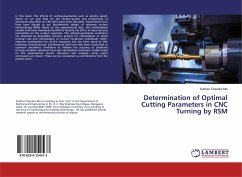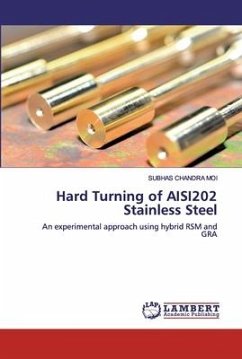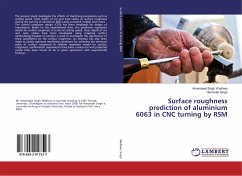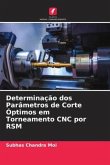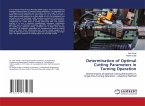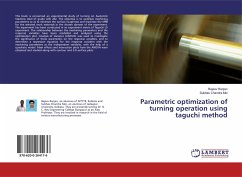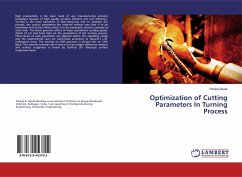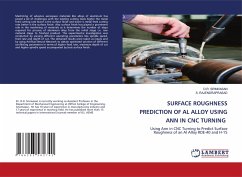In this book, the effects of cutting parameters such as spindle speed, depth of cut and feed on the surface quality and productivity of aluminium alloy 6061 on CNC lathe have been discussed. Experimental runs have been planed as per Box-Behnken design of response surface methodology (RSM). Based on the experimental data, the mathematical models have been developed by RSM to identify the effect of input process parameters on the output responses. The optimal parametric conditions are obtained by desirability function analysis for maximization of metal removal rate and minimization of surface roughness individually. Multi-objective optimization for all the responses has also been done by DFA technique simultaneously. Confirmatory tests have also been conducted at optimum parametric conditions to validate the accuracy of predicted turning condition obtained from said optimization technique. Finally based on the experimental results, discussion and analyses, some useful conclusions are drawn. These can be considered as contributions from the present work.
Bitte wählen Sie Ihr Anliegen aus.
Rechnungen
Retourenschein anfordern
Bestellstatus
Storno

